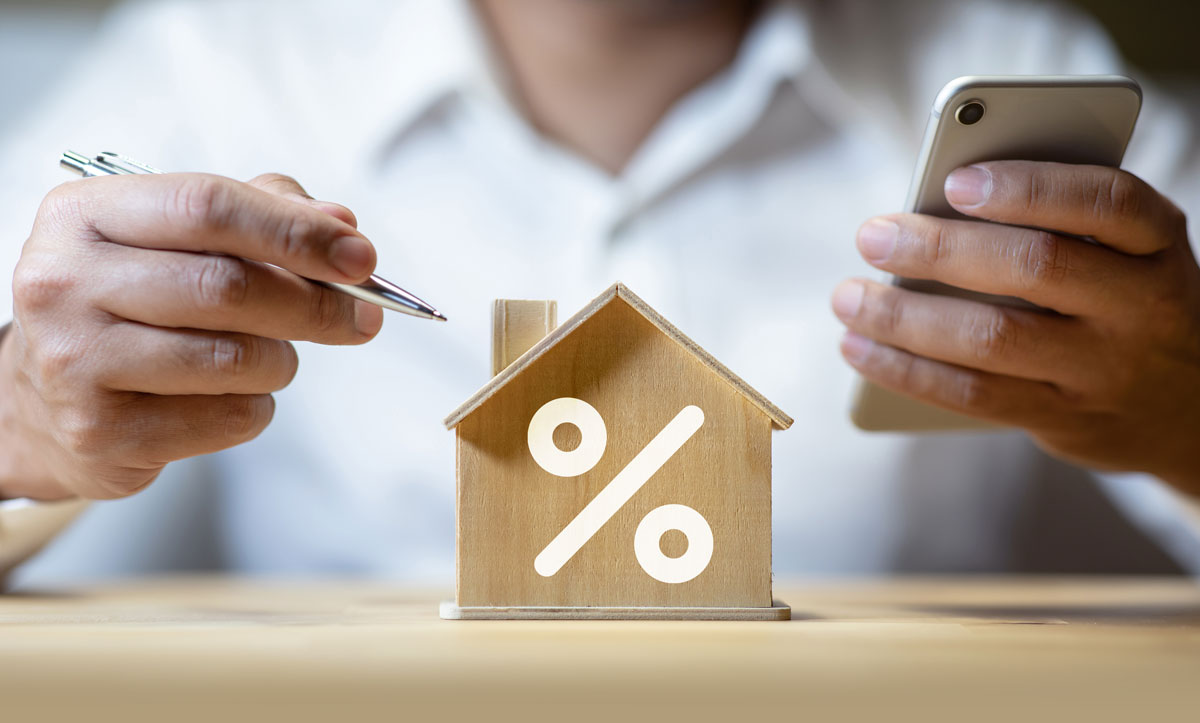FINANCIAL ADVICE | BUYING A HOME
Advantages & Disadvantages of Fixed Rate Mortgages
Published February 6, 2019

Key Takeaways
- A fixed-rate mortgage locks in an interest rate that you select at the time you arrange the loan.
- With ARMs, the interest rate can change over time.
When choosing a mortgage, you need to consider a wide range of personal factors and balance them with the economic realities of an ever-changing marketplace. In any long-term scenario an individual’s personal finances often experience periods of advance and decline, interest rates rise and fall, and the strength of the economy waxes and wanes. To put your loan selection into the context of these factors, consider the following questions:
- How large of a mortgage payment can you afford today?
- Could you still afford a larger payment if interest rates rise?
- How long do you intend to live on the property?
- In what direction are interest rates heading?
- Do you anticipate that interest rate trend to continue?
Fixed Rate Mortgage Basics
A fixed-rate mortgage locks in an interest rate that you select at the time you arrange the loan. That rate remains the same throughout the life of the loan, regardless of what happens to interest rates or inflation. With a fixed-rate mortgage, the amount of principal and interest paid varies from payment to payment; but the total payment remains the same.
Fixed-rate mortgages are often preferred over adjustable-rate mortgages (ARMs) since they are more straightforward, easier to understand, and are more secure for the buyer. Fixed-rate mortgages are available under a variety of terms, but regardless of the term of your loan, your interest rate will also be impacted by a range of factors. Considerations include your credit score, how much money you’re borrowing, the value of your home, the term of your loan, where your home is located and the size of your down payment. However, fixed-rate mortgages generally have higher interest rates than ARMs since the lender’s risk is higher.
How Do Adjustable Rate Mortgages (ARMs) Work?
With ARMs, the interest rate can change over time, as it is based on an economic index and continually adjusts to changing prime and lender rates. Typically, the initial interest rate on an ARM is set below the market rate of a comparable fixed-rate loan, which then gradually rises with time. Your initial monthly principal and interest payments will also be lower than on a fixed loan.
ARMs, generally, have a fixed period (from one month to 10 years) during which the initial interest rate remains constant. After this time, the interest rate adjusts at a pre-arranged frequency. Frequent adjustment periods generally carry lower initial interest rates.
Advantages & Disadvantages To Both Fixed-Rate & Adjustable-Rate
A fixed-rate mortgage protects the borrower from sudden and potentially considerable increases in monthly mortgage payments if interest rates rise. Moreover, fixed-rate mortgages are easy to comprehend and vary little from lender to lender.
However, the major disadvantage of fixed-rate mortgages is the qualifying criteria. When interest rates are high, qualifying for a loan is more difficult because the payments are less affordable. In cases such as these ARMs are considered attractive because they may offer low initial payments and enable qualified borrowers to obtain a larger loan.
The main disadvantage of an ARM is the fluctuation in the interest rate. These mortgages can often be problematic as the monthly payments may frequently change over the life of the loan and the disadvantage increases when the interest rate rises. It is quite common for an ARM to start at a fixed rate for an initial period and then the interest rate begins to adjust after a few years.
Crunch the Numbers and Make a Decision
If you are considering an ARM, you should run the numbers to determine the worst-case scenario. If you can still afford it if the mortgage resets to the maximum cap in the future, an ARM will save you money every month. Ideally, it would be best if you used the savings compared to a fixed rate mortgage to make extra principal payments each month so that the total loan is smaller when the interest rate reset occurs, further lowering costs.
If interest rates are high and expected to fall, an ARM will ensure that you get to take advantage of the drop, as you’re not locked into a particular rate. If interest rates are climbing or a steady, predictable payment is important to you, a fixed-rate mortgage may be the way to go.




